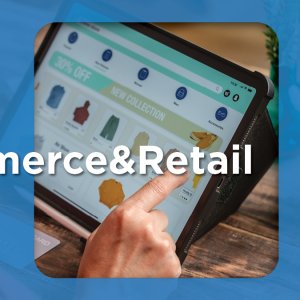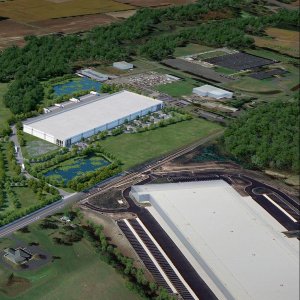The Value of Seemingly Distant Data

STORY INLINE POST
As brands and companies, we always keep in mind the development of our own audiences in order to find more and better ways to reach them. From our own data sources, we analyze our buyers and how they interact with our channels and ecosystems. Other times, we take external data, such as social media, and compare it to what we think our buyers will be. Less frequently, and due to its high costs and lengthy planning and duration, we do market research to try to understand the consumer and those who should consume us. However, in the search for that ideal audience, we constantly try to narrow our spectrum without realizing that by doing so we close our vision and scope to "surprises."
Partnerships, cross-data and insights into the behavior of other brands, especially those that are very different from our own, become an unexpected source of data, opening up new targets and crucial touch points that can develop and decentralize actions. These seemingly irrelevant datasets can become the providers of transformative insights and ideas that inspire us to revolutionize our own.
From the perspective and craft of WhereIsMyTransport, capturing, analyzing and making available data from the public transport network of Mexico City and the metropolitan area has allowed us to get to know the city and its inhabitants in a unique way. We see the flow of people and movement patterns, travel times at peak hours, situations and affectations that cause delays and further consequences to mobility. This data seems useful and obvious for governmental institutions or mobility agencies looking to visualize their system. Perhaps on a second level, advertising companies or commercial establishments could benefit from the real in situ context of the city.
However, knowing the flow of a city, how, where and in what formats it moves, allows us to reach data with greater intrinsic value. Through this data, when related to other industries and other data sets, patterns or habits can be discovered that revalue insights and conclusions because they permeate decision-making with values and information never before taken into consideration. We can talk about the real estate industry, to mention one, where purchase and rental values, the product, are established according to its environment. This is not only influenced by the proximity of the transport network but mainly by the way it converges in the total mobility scenario.
Formal transport network information given its public value may be somewhat obvious and, of course, popular. Everyone has access to these datasets, but there are some particularly rich ones : those of the concessioned routes, their connection points and their affluence, which have an even greater impact on the value of a property than the formal ones. In addition, knowledge of nearby POIs (Points of Interest) plays a fundamental role in the selection of housing or the installation of commercial outlets.
Some valuable questions about any geographic space or real estate include Are there hospitals, schools or shopping centers nearby? How quickly can they be reached by public transport? Are nearby stations saturated daily? Is there an area with undeveloped development? Are there points with lower rents, but that are well connected? All these questions help to position properties and geographic spaces highly on society's list of demands, but at the same time, and almost accidentally, they generate a clearer profile of the buyer and his or her motivations.
If we take as an example an industry that would not be thought of as close to public transport, like fintech or insurtech, we can see the importance when they are looking to attract new customers outside of banking or with less access to digital payment tools. By understanding how they move and what their day-to-day habits are, these companies will find new and much better approaches. Will these consumers use their card to pay for public transport? Do they want it to use alternative transport? Where do you make deposits? Do the places they frequent accept cards?
This information about the informal system, which transports more than 80 percent of the population of Mexico City, can also be gleaned from a perspective of respect for privacy and without the need for sensitive data. By knowing the behavior of the network, of the system itself, the knowledge of the user per se becomes unnecessary. The important thing is to see the big picture so that it is complemented by the detail that each company knows of its final audience, especially of a system as changing and untimely as the capital's transport network.
The possibilities become limitless in the crossover of information between companies or data sets that seem distant and unconnected, even more so in emerging markets. To the extent that they can collaborate with each other, they can bring new solutions and products, targeted at the right time of consumption and in effect solve the problems that users may have, at the right time and in the right space.























